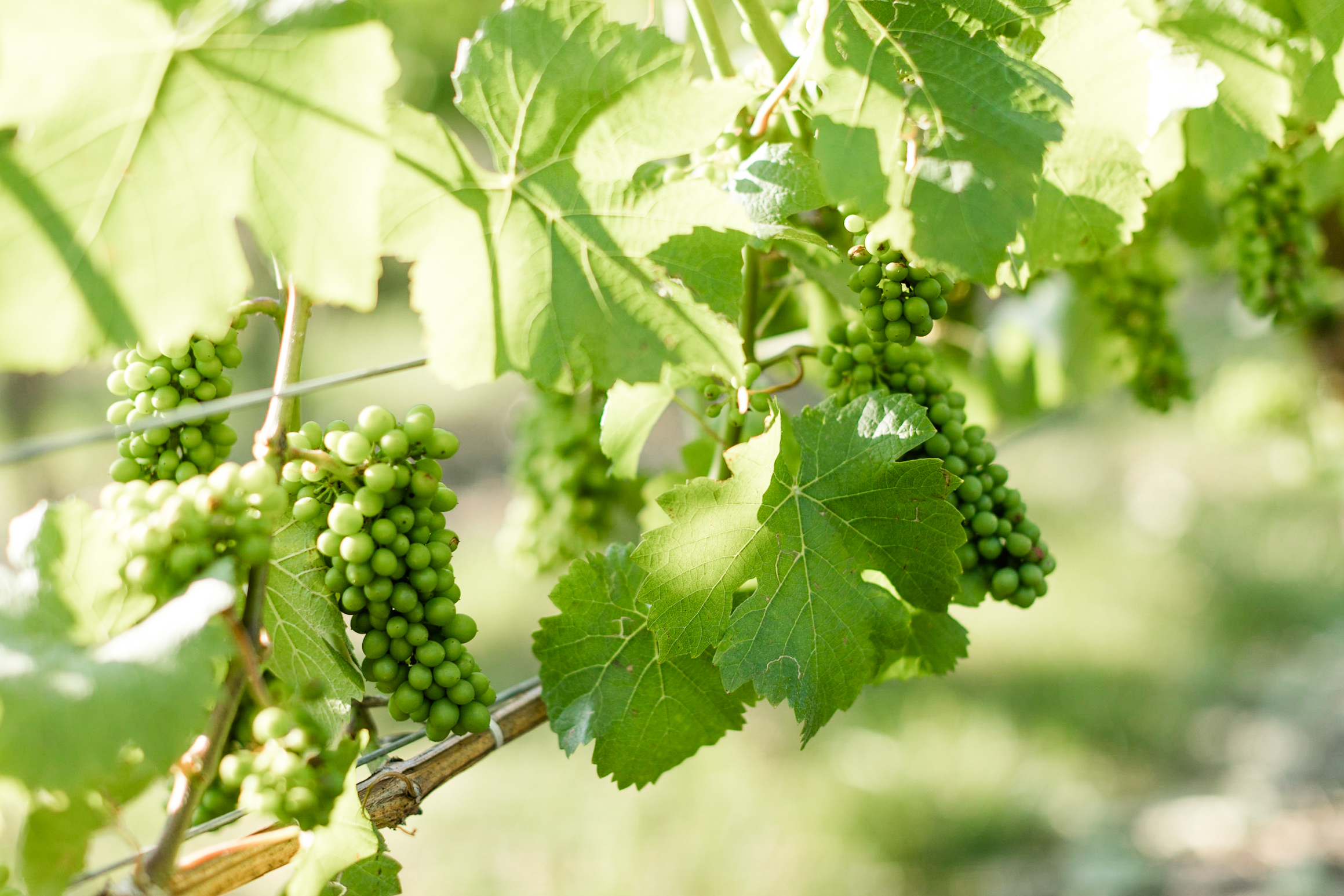Niagara Peninsula
TWENTY MILE BENCH
Sub-Appellation STATS
2021-22 Annual
Production (9L Cases)
Growing
Degree Days
Number of
Wineries
Number of
Appellation Wines
Common Varieties Cabernet Franc Pinot Noir Riesling Chardonnay
Sub-Appellation OVERVIEW
The Twenty Mile Bench stretches east to west from Fifteen Mile Creek to west of Cherry Avenue. Bisected by Twenty Mile Creek, it has a complex topography with a distinctive double bench formation west of Twenty Mile Creek, and short, varied slopes that roll to the brow of the escarpment.
Complex TOPOGRAPHY, double BENCHES, deep SOILS, reflective WINES
The sheltered north-facing slopes and the air circulation from Lake Ontario provide for year round temperature moderation, setting up an ideal growing season for quality grapes.
Characteristics
TOPOGRAPHY
As with other Bench areas, the Niagara Escarpment rises above this sub-appellation along its southern boundary and protects it from the prevailing southwesterly winds. The several streams that flow through the appellation have eroded its rolling topography, and the land is marked by a complex array of slopes, steep V-shaped valleys, and a series of well-developed terraces. In the spring, when snowmelt and rainfall flood the riverbeds, the sloping bench provides good surface and ground water drainage, and feeds abundant and picturesque waterfalls, notably Balls Falls. In the west, the north-facing slopes tend to be shorter and steeper, providing excellent air drainage.
SOIL
The soils, laid down by passing glaciers are deep clay and till, with a high proportion of limestone and shale and quite a bit of variation in texture. These soils tend to be moderately well drained, and their density and water-holding capacities provide a definite advantage during the warmer period of the growing season when precipitation is limited and streams begin to dry up. Throughout the growing season, this soil moisture content promotes vine growth and balances the stress on mature vines.
Produced by and shared with permission from the Wine Marketing Association of Ontario/VQA Wines of Ontario.
CLIMATE
A combination of short slopes of moderate steepness, high elevation and lake breeze circulation, moderate temperatures and ensure gradual warming in the spring and gradual cooling in the fall. This also keeps day and night temperatures in a relatively small range during the growing season. The long even season offers good conditions for grapes to reach their full potential. Winter snow and spring showers ensure that the deep soils in the area are saturated at the start of the growing season, and moderate levels of precipitation supplement the growing season.
Notable Features
With its relatively high elevation, and double bench formation, Twenty Mile Bench enjoys long periods of sun exposure during the summer and fall. Lake breezes pushing up against the Escarpment circulate the warm air and extend warm daytime temperatures into the evening, encouraging an even and continuous ripening process.
Wine personalities
The double bench to either side of Twenty Mile Creek brings unique conditions to this appellation and supports all the classic cool climate varieties, notably Pinot Noir, Chardonnay, Riesling and Gewurztraminer.
Wines are fresh, balanced and fruity, with both reds and whites exhibiting smooth texture and well-integrated fruit.
Whites are aromatic, showing stone fruit aromas and the mineral character common in the bench appellations and Pinots exhibit classic earthy fruit and finessed tannic structure.

Appellation
NIAGARA PENINSULA
Situated at approximately N43° latitude this prime and diverse appellation is characterized by rich, fertile soils and unique meso climates, which provide ideal conditions for producing wine grapes with more complexity and intense flavour than in many warmer climates.



